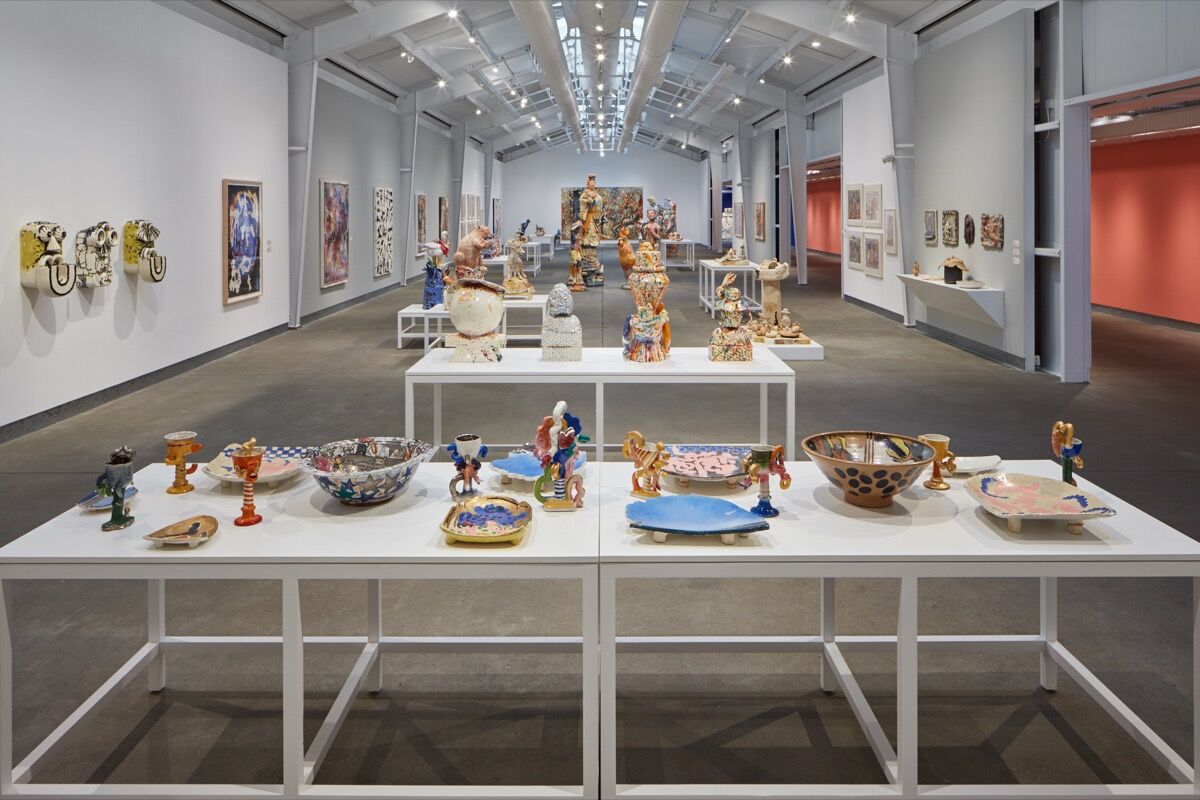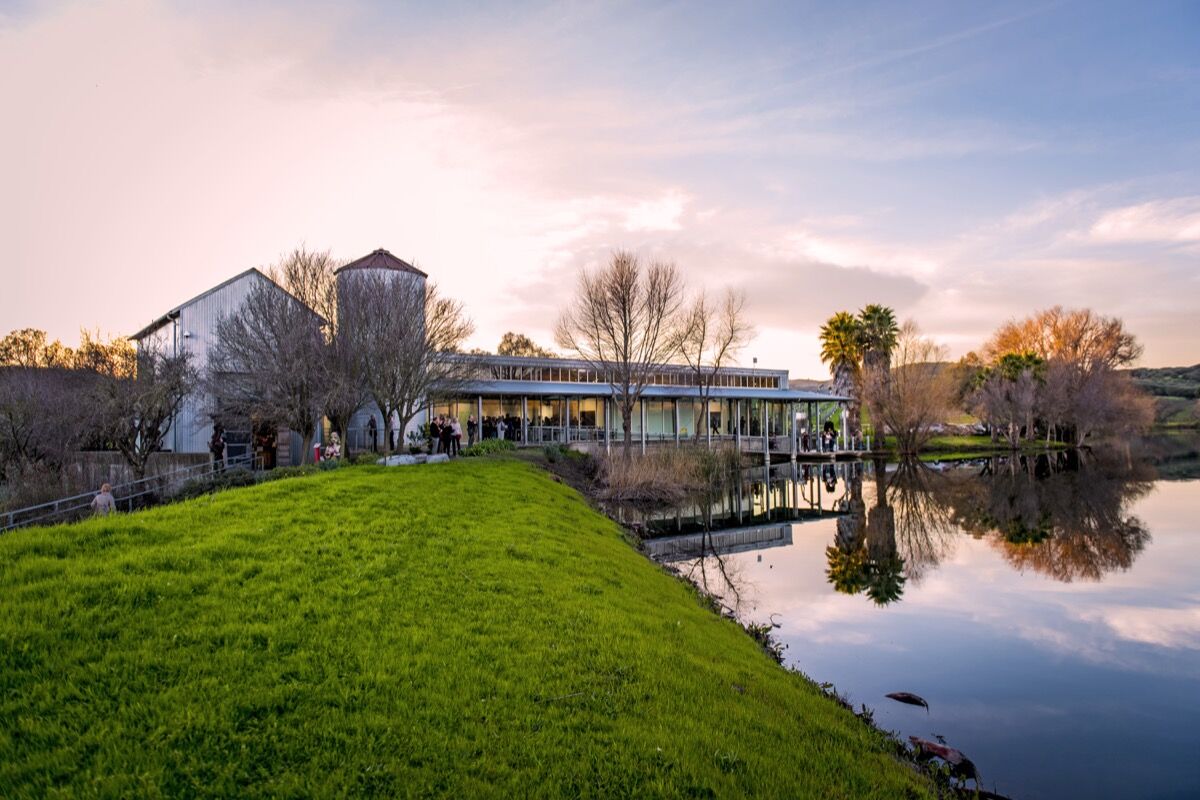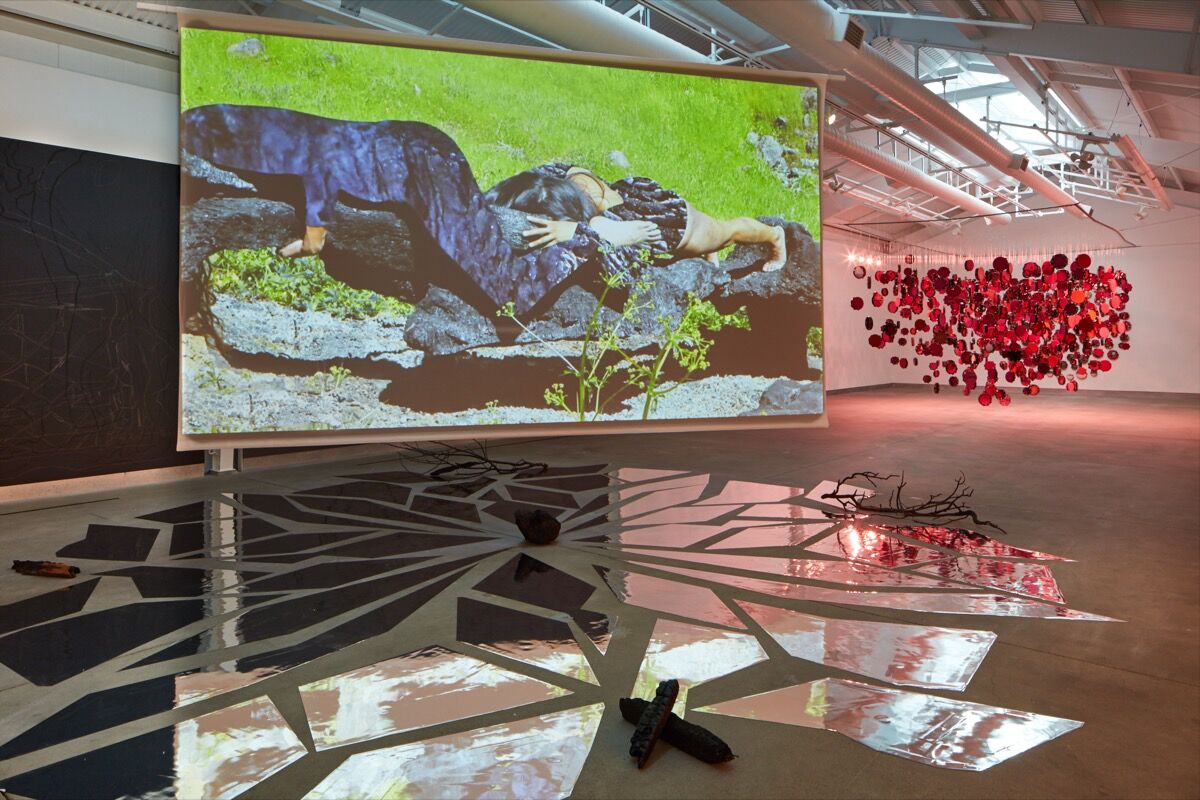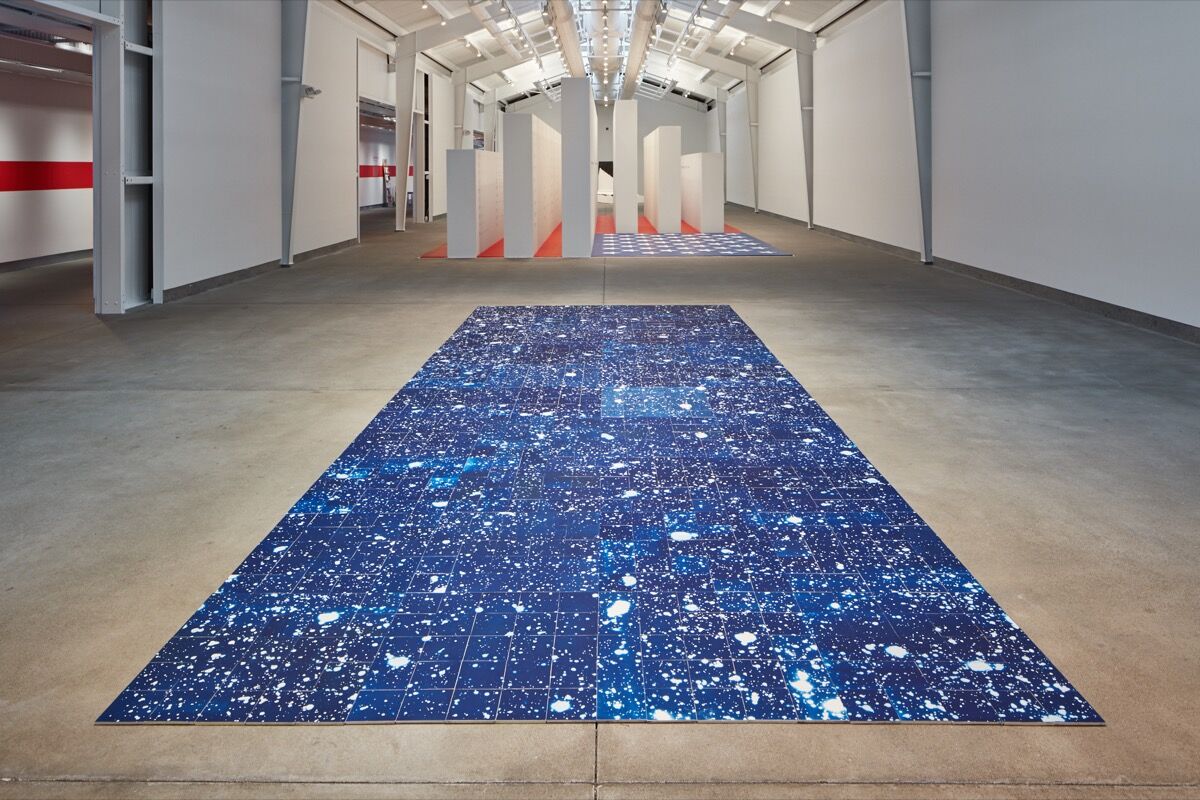How an Art Foundation Made the Difficult Decision to Sell Its Collection
artsy_Martin Gammon, a regular contributor to Artsy Editorial, is the president of the Pergamon Art Group. This op-ed reflects his experience as an informal advisor to the Rene and Veronica di Rosa Foundation prior to its recent decision to deaccession the majority of its collection, an outcome that elicited objections, including an open letter signed by more than 120 artists, curators, and gallerists.

The recent open letter from artists, curators, and dealers in regard to the Rene and Veronica di Rosa Foundation’s proposed deaccession and liquidation of a majority of its permanent collection is a heartfelt and reasonable response to what, for many, was a surprise announcement. The authors are quite correct that it is an important collection “dedicated exclusively to the history of post–World War II art in Northern California in all its diversity of media, gender, race, and philosophy,” and is worthy of being preserved as such. Charles Desmarais in the San Francisco Chroniclehas accused the di Rosa Foundation’s board of “extreme administrative myopia” in rushing to this deaccession sale, and derides “a proposal that reeks of opportunism, trumpeted as a solution to financial woes by a board and director too inept or too lazy to carry out their central responsibilities.”

Exterior of Gallery 1. Photo by Israel Valencia. Courtesy of the di Rosa Center for Contemporary Art.
However, as often happens with the nettlesome circumstances around museum deaccessions, these criticisms are well-intentioned, but not fully informed by the facts. This case is much more complex than it first appears, and the very solution the open letter has proposed—which is to identify “an alternative institution to house, preserve, and appropriately utilize this unique collection”—has already been pursued in earnest by the di Rosa Foundation’s leaders, unfortunately to no avail, despite these recent accusations of lassitude and myopia.
In 2017, I began to informally advise the executive director and the board of the di Rosa Foundation on just this possibility. Together, we pursued an outreach campaign to leading Bay Area museums and arts organizations, as the most likely means to both preserve the core collection and achieve an alliance that could help provide a bridge-work to a new mandate and possibly a long-term financial lifeline.
After much deliberation and meaningful attempts to come to an agreement, none of the major institutions in the Bay Area we approached were ultimately prepared to pursue such an outcome. Many viewed the collection as having a niche focus, with the additional challenge of many large installations and outdoor sculptures, and ultimately not a collection that would be in their core focus or a priority for their current collecting needs, given the financial and staff commitments such an absorption and alliance would entail. Every institution must pursue a collecting mandate commensurate with its own agenda and priorities. The absorption of a very large collection with a niche focus was not ultimately a priority for these other institutions, as much as they would have liked to help a sister organization in the Bay Area.

Installation view of Ranu Mukherjee, Succession , 2018, and Lava Thomas Resistance Reverb: Movement 1 , 2018, in“Be Not Still: Living in Uncertain Times (Part 2),” 2018, at the di Rosa Center for Contemporary Art. Photo by Johanna Arnold. Courtesy of the di Rosa Foundation.
In short, the executive director and the board of di Rosa have pursued in earnest the very outcome espoused by the authors of this week’s open letter over the past several years. But the sober reality is that a reasonable accommodation along those lines has not been forthcoming. It may well be that the shock of this alternative gambit, and the proposed liquidation of the core collection, may encourage additional conversations that can achieve a partial accommodation along these lines. But there is no question that the leadership of the di Rosa Foundation pursued this alternative outcome before reluctantly engaging in the recently announced deaccession plan.
As I concluded in my recent book on the history of the practice, “most deaccession tales start out black and white, but on closer examination inevitably blend to gray.” On first blush, it may appear there is a right way and a wrong way staring us in the face, and somehow, the museum administrators have chosen the wrong path out of laziness or incompetence. In fact, these issues are often quite complex and sometimes intractable, with inevitable trade-offs that museum staff have struggled to reconcile after great deliberation, with no best outcomes on the horizon.

Installation view of Ala Ebtekar, Luminous Ground , 2018, and Rigo 23 Madre Tierra (Mother Earth) , 2018, in“Be Not Still: Living in Uncertain Times (Part 1),” at the di Rosa Center for Contemporary Art. Photo by Johanna Arnold. Courtesy of the di Rosa Center for Contemporary Art.
In that regard, the di Rosa’s board should likewise be more forthcoming that it is unlikely any proposed deaccession sale will satisfy their current financial impairment. I have recommended they seek the advice of Phillips (for which I have worked as a consultant) on a sales strategy. However, while the collection is indeed focused on post–World War II Northern California artists, works by major figures like Wayne Thiebaud
are noticeably absent, and the remaining collection has many works by artists who have a more modest profile in the secondary market. This is not a circumstance like the Berkshire Museum, where an unencumbered $50-million endowment can be secured by jettisoning a group of masterpieces. Even if di Rosa liquidated its entire collection for full market value, it is unlikely to yield on its own an endowment that could support its current $3-million budget indefinitely, though that is the supposed rationale. The ominous fate of the Finch College Museum of Art, which closed even after a series of deaccession sales ultimately failed to stem its financial losses, is a case in point.
In summary, the whole episode underscores the difficulty of aiding an institution facing ongoing financial challenges, and the prospect that its permanent collection may not easily be absorbed or transferred to another institution as a solution—especially if the collection becomes its one remaining asset of significant value. The museum field needs to explore more deeply how to help facilitate such outcomes, if that is the collective preference of the art community, in a way that protects both the long-term custodial and fiduciary responsibilities of museum boards, so that collections in danger can potentially remain in the public trust.
